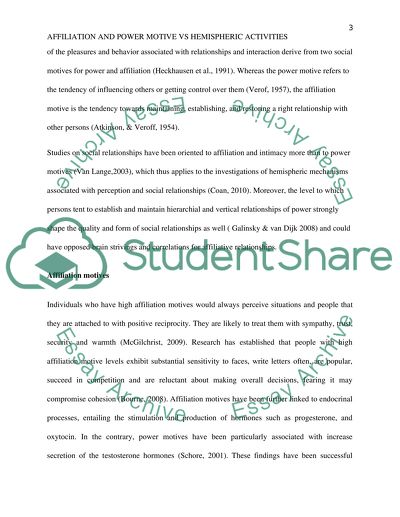Cite this document
(“Effects of Affiliation and Power on Hemispheric Visual Stimuli Research Paper”, n.d.)
Retrieved from https://studentshare.org/psychology/1600453-effects-of-affiliation-and-power-on-hemispheric-visual-stimuli-processing
Retrieved from https://studentshare.org/psychology/1600453-effects-of-affiliation-and-power-on-hemispheric-visual-stimuli-processing
(Effects of Affiliation and Power on Hemispheric Visual Stimuli Research Paper)
https://studentshare.org/psychology/1600453-effects-of-affiliation-and-power-on-hemispheric-visual-stimuli-processing.
https://studentshare.org/psychology/1600453-effects-of-affiliation-and-power-on-hemispheric-visual-stimuli-processing.
“Effects of Affiliation and Power on Hemispheric Visual Stimuli Research Paper”, n.d. https://studentshare.org/psychology/1600453-effects-of-affiliation-and-power-on-hemispheric-visual-stimuli-processing.


